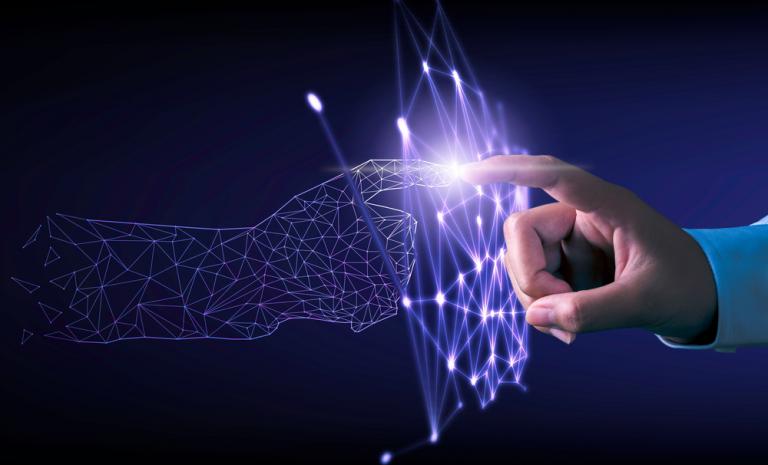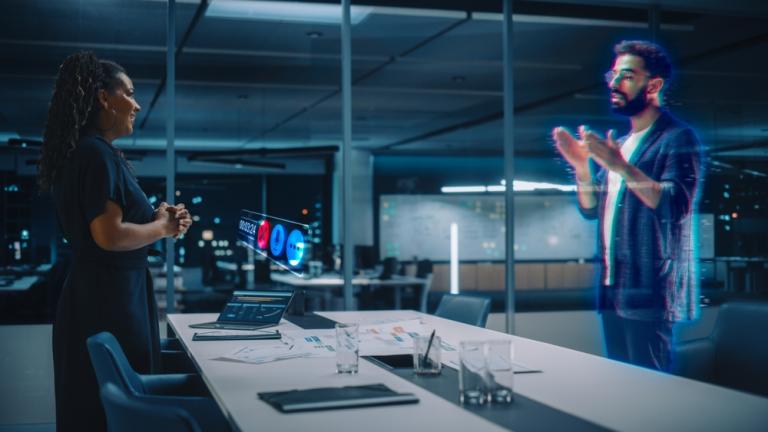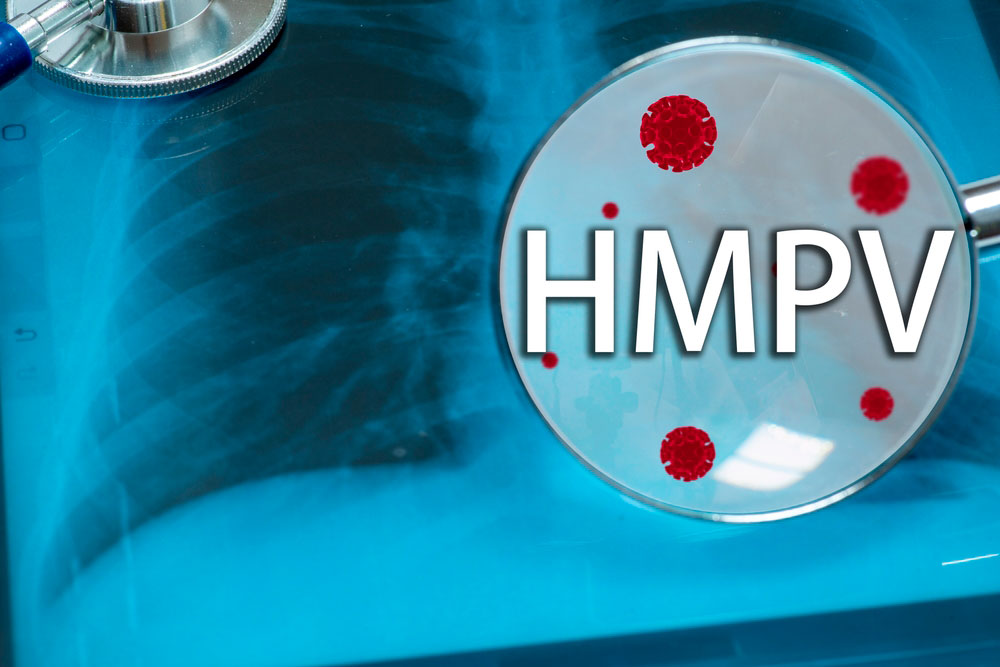Table of Contents
- Ghostbosts, what ghost robots consist of
- Do ghostbots help you cope and overcome grief?
- Benefits and risks of ghostbots for mental health
- Robot therapists with artificial intelligence to combat loneliness
Ghostbosts, what ghost robots consist of
Reality always ends up surpassing fiction and the unstoppable advance of artificial intelligence is the best proof of this. An episode of the second season of the science fiction series Black Mirror titled ‘Be right back’ from 2013 was disturbing because it showed what could happen in the very near future: Ash, a young man addicted to social networks who dies in a traffic accident, communicates again with his grieving girlfriend and does not do so through the Ouija board or a psychic, but technology allows the creation of a bionic doll that constitutes a clone of the deceased.
Currently, it is already possible to interact with a loved one who has died through ghostbost or ghost robots, which are a virtual representation created by artificial intelligence using digital content of that person, such as photographs or videos, as well as their tastes. , wishes and opinions collected in emails, voice recordings and comments on social networks. But is it advisable to interact with holograms or avatars of the dead? How can this affect our mental health? An expert explains its advantages and disadvantages to us.
Do ghostbots help you cope and overcome grief?
Having an image of the loved one who speaks with their voice and with whom we can maintain some type of interaction can be a comfort, but ghostbots can make it difficult for the grief to be resolved, since they prevent us from closing this stage, Dr. explains to WebConsultas. María Consuelo Vilasánchez, psychologist from Vigo and member of Doctoralia.
“If we contemplate Elisabeth Kubler Ross’ phases of grief (denial, anger, bargaining, depression and acceptance), it is in the moment in which we accept the death of a loved one (acceptance) that we learn to continue living in the world without him and we are able to recover and restore our lives. “Ghostbots prevent this cycle of grief from being fulfilled, since in reality it would be returning to the stage of denial, giving us the false illusion that the deceased person is still with us and causing an emotional dependence on that person who is no longer there,” points out the psychologist.
Ghostbots can have a mixed impact on the emotions of someone who has suffered the loss of a loved one. At first, the idea of continuing to see and hear that deceased person seems like it can comfort us and alleviate some of the intense pain we feel, but, although it could provide us with greater temporary comfort, its use also prevents us from accepting the reality of the loss. and thus the grieving process would be prolonged, taking much longer to resolve, says Vilasánchez.
In fact, recent research that looked at the possible psychological and emotional dependencies that users could develop towards robots that imitate deceased loved ones found that they are unlikely to provide substantial comfort, since “lacking the ability to withstand emotional burdens, they fail to meet idealistic expectations,” and that they should be used only as a temporary aid to “mitigate the risk of emotional dependence and respect the natural grieving process.”

Benefits and risks of ghostbots for mental health
The use of ghostbots can help in some phases of grief, for example, when it comes to being able to “express unresolved emotions with the person who has died, both positive and negative,” says María Consuelo Vilasánchez, who tells us their main benefits and risks:
- Express feelings and emotions. Sometimes we regret not having told the person in life how much we loved them, or also the damage that their behavior may have caused us on certain occasions. For example, a daughter who has felt treated unfairly by her mother and has never told her and after her death her resentment does not leave her. These are feelings that are very difficult for us to manage, so ghostbots can help us with this, venting all these encapsulated emotions.
- Farewell instrument: helping us when accepting his death and saying goodbye, and also in those cases in which the person dies suddenly and we have not been able to say goodbye properly.
- Overcome some phase of grief in which we are stuck, but always in a timely and concrete way.
- Remembrance and Preservation: These bots can serve as a means of preserving the memories and personality of someone who has passed away, allowing families and friends to relive meaningful moments with that person.
As for the harm or risks that the use of these holograms may entail, the psychologist summarizes them as “not overcoming grief, since the acceptance that the loved one is not there is basic to being able to restore our life without them and the “ghostbots give us the false feeling that they are still alive and we remain connected to that person, preventing the grief from being resolved and continuing our lives without them.”
On the other hand, interacting with a digital representation of someone who has died can cause emotional confusion, especially in children or people who may have difficulty distinguishing between the simulation and reality.
Additionally, it should be noted that if the bot is not able to faithfully imitate the deceased person, it may result in a disappointing or disturbing experience, which could aggravate the pain instead of alleviating it.
Finally, let’s not forget a tricky topic: creating a ghostbot raises significant ethical questions, especially around privacy and consent. Who has the right to decide to digitally recreate a person? How is that data managed and protected?

Robot therapists with artificial intelligence to combat loneliness
In the context of an epidemic of loneliness that spreads among adolescents and young people and especially affects older adults, artificial intelligence could help improve the emotional well-being of all those who feel lonely and artificial intelligence programs are also being incorporated. , such as ChatGpt, to develop apps that are known as therapeutic chatbots and simulate a therapy session by interacting with users like a real therapist.
However, although a recent study published in the journal PNAS showed that AI-generated messages made recipients feel more “heard” than messages generated by humans who were not trained for this task, and that AI was better at detect emotions than these individuals, recipients indicated that they felt less heard when they learned that a message came from AI.
In the opinion of María Consuelo Vilasánchez, artificial intelligence can help people feel heard and understood and is especially useful in cases of social isolation. However, “depending too much on this technology can have very negative consequences, since the emotional connection with other people is lost and can cause us to isolate ourselves even more, depending on technology instead of looking for people with whom to share our emotions.” .
Regarding therapy with artificial intelligence, the psychologist considers that the main advantages consist of the possibility of accessing it at any time and place without restrictions, and that people who are reluctant to go to the consultation for different reasons can benefit, such as embarrassment, or because they find it difficult to express their emotions in person and may feel more confident and open emotionally using technology.
Among their drawbacks is that they cannot replace the experience and empathy of a human therapist and that what works for one person does not work for others with the same symptoms or pathology. “Therapeutic experience is very important when designing an intervention plan, since each case is unique and particular and the therapy must have that personalized touch that only experience provides. Furthermore, human empathy cannot be provided by any artificial intelligence program, and face-to-face not only helps with what the patient tells us, but also how they say it, with their voice, their gestures and their active listening posture.” , concludes the expert.













